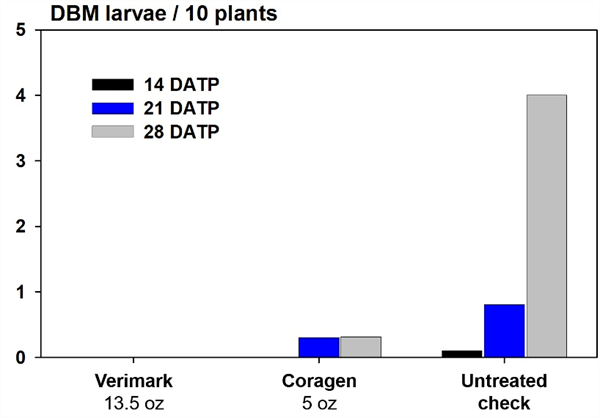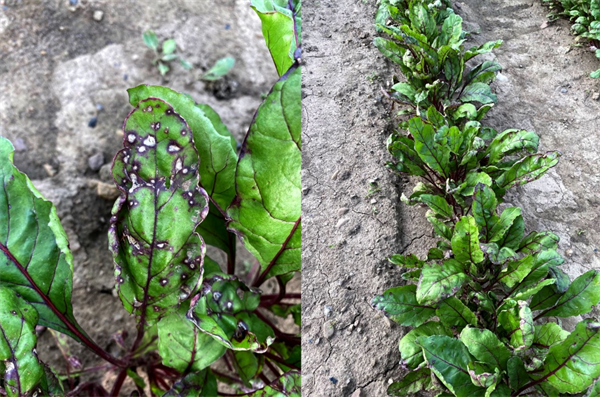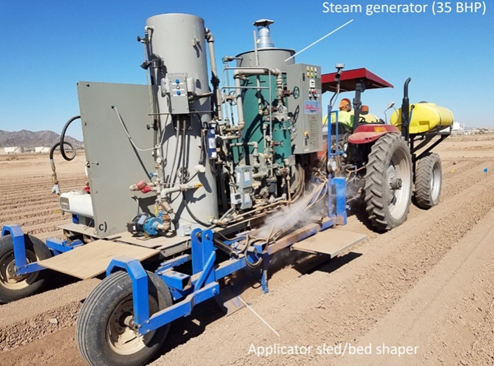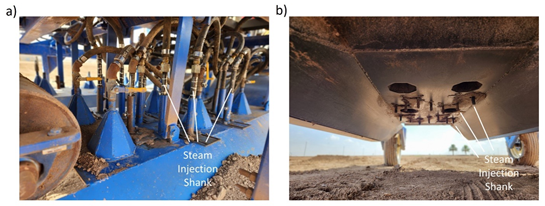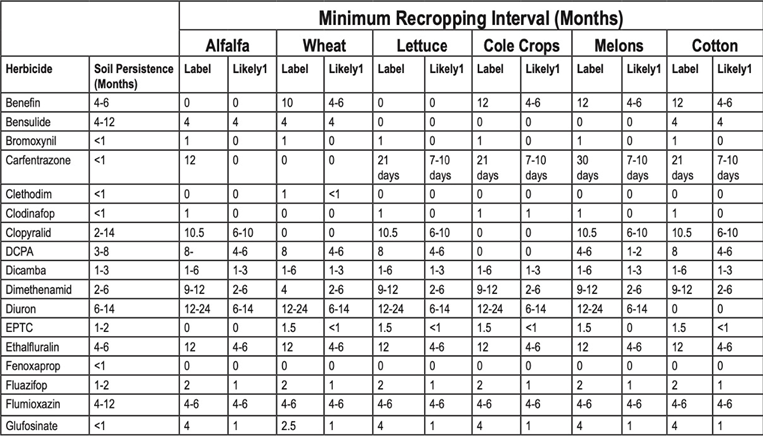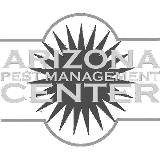Nov 16, 2022
Colorado River Status
The situation on the Colorado River has not changed appreciably since last summer when the Bureau of Reclamation (BOR) made a bold announcement on 14 June 2022 with BoR Commissioner Camille C. Touton describing the need to make substantial reductions of 2 to 4 million acre-feet (MAF). As Commission Touton described, the BOR has the authority to “act unilaterally to protect the system, and we will protect the system.” (Bureau of Reclamation, 28 June 2022). She stated that the BOR was allowing the basin states 60 days to come up with a plan. In the absence of a plan from the basin states, the BOR would be ready to take action.
Since June, the BOR has been engaging in discussions with the seven U.S. basin states that depend on the Colorado River to develop a plan for the reductions, and the anticipated decisions from the BOR have not materialized.
The basic arithmetic on the Colorado River is as follows:
16.5 MAF is currently the allocated amount of water budgeted with 7.5 MAF allocated to both the upper and lower basins, plus 1.5 MAF allocated to Mexico:
(7.5+7.5 MAF = 15 MAF U.S. + 1.5 MAF Mexico = 16.5 MAF total)
In the past two decades, the average annual flow of the Colorado River from 2000 - 2018 has been approximately 12.4 MAF, which is 16 % lower than the 1906-2017 average of 14.8 MAF/year. Thus, we can see where the 4 MAF differential is determined.
A reduction of Colorado River water allocations from 16.5 MAF to 12 MAF represents a 27% reduction. That is in line with the climate and hydrological reality we are dealing with. That would be a huge reduction for the Colorado River basin and a painful experience for many entities in the desert Southwest.
On 16 August 2022, after the 60 days provided by Commissioner Touton had expired, U.S. Department of the Interior Deputy (DOI) Secretary Tommy Beaudreau with Assistant Secretary for Water and Science Tanya Trujillo announced that the 2023 Colorado River Operational Plan would move to Tier 2a reductions associated with the Drought Contingency Plan (DCP), which was ratified by the lower basin states in 2019 (Figure 1).
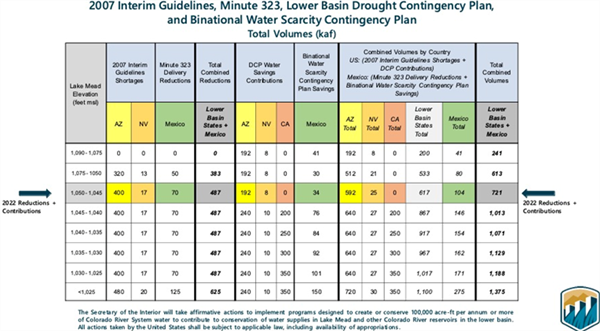
Figure 1. Reductions in Colorado River allocations according to the 2007 Interim Guidelines, Minute 323, Lower Basin Drought Contingency Plan, and Binational Water Scarcity Contingency Plan. Total volumes in thousand acre-feet (KAF) units. Source: U.S Bureau of Reclamation.
The Tier 2a changes will require an additional 80 thousand acre-feet (KAF) being reduced from Arizona’s 2.8 MAF allocation of Colorado River water (Figure 1). This will result in a 592 KAF total reduction from Arizona’s allocation, which includes the 512 KAF reduction for Arizona from Tier 1, that was first imposed in January 2022 (512 + 80KAF from Arizona = 592KAF, which is a 21% reduction in Arizona’s Colorado River allocation. In addition, Tier 2a reductions include 25 KAF from Nevada, an 8% annual allotment reduction and 104 KAF, or 7% of Mexico’s annual allotment.
The Tier 1 and Tier 2a reductions have wiped out the CAP allocations to the agricultural irrigation districts in central Arizona. No water savings will be required for California in 2023 under these operating conditions. If or when Tier 2b reductions are put in place California will take a 200 KAF reduction (Figure 1).
The developments and actions from the BOR and DOI since June have been basically “business as usual” since the DCP was already in place and the water levels in Lake Mead would warrant Tier2a or even Tier 2b reductions without any further actions on the part of the BOR or DOI.
In the 60 days following the June BOR announcement, the major agricultural districts on the lower Colorado River, including Arizona and California irrigation districts on the mainstem of the river, came together to form a coalition and develop a draft plan in response. They presented a proposal to reduce nearly 1.0 MAF of irrigation water by agreeing to cut 1.0 AF/acre throughout the districts. They were also seeking financial compensation of $1,500/acre, resulting in a total cost of nearly $1.4B to help farmers in these districts make changes and investments to achieve greater efficiencies with water allocated from the Colorado River.
This effort on the part of the lower Colorado River irrigation districts to develop this proposal in 60 days was substantial and remarkable in many ways. Also, the state of Arizona has demonstrated a willingness to step up and contribute to the conservation needs of the Colorado River system by retaining more than 800 KAF behind Lake Mead in 2022. In addition to the 512 KAF reduction required of Arizona from DCP Tier 1 reductions (Figure 1), the state of Arizona voluntarily contributed more than 300 KAF to leave in the river system. That too was remarkable and quite impressive.
No other basin states have offered anything of substance other than suggestions that some other entity take the cuts in water allocations. Thus, the collective efforts among basin states that Commissioner Touton was calling for in June have not materialized.
California has recently offered to leave 400 KAF in Lake Mead with the caveat that the state receives financial support for Salton Sea remediation. However, to the best of my knowledge, California has not described what they would do for Salton Sea remediation.
The Gila River Indian Community (GRIC) has recently offered to 250 KAF of water under their control for the Colorado River system, with 125 KAF from their direct Colorado River allocation plus another 125 KAF of water they have stored in underground aquifers that they are willing to sell as part of deal offered.
On 28 October 2022, the DOI announced that the BOR will analyze the existing guidelines for operating the Hoover and Glen Canyon Dams for Lakes Mead and Powell, respectively. This most recent announcement has generated a great deal of speculation with some observers suggesting that the DOI/BOR are ready to act soon. Others are thinking that perhaps this will translate to another year of review and analysis on the part of the DOI and BOR.
So, there are still a lot of questions and uncertainty coming from the federal entities with the Colorado River situation.
Meanwhile, Mother Nature and the basic hydrology of the Colorado River basin is not changing or waiting for the feds or some great basin-wide coalition to come up with a plan. We are still using water at a rate that is much greater than is being provided from precipitation in the watershed.
What we have at stake is the Colorado River system as a water source that supports 40 M people in the Southwest, approximately 6.0 M acres of cropland, and 30 native American tribes among seven U.S. states and two states in Mexico. If water levels fall too low in Lakes Powell and Mead, not only is there a lack of hydropower that can be generated but also large volumes of water cannot be moved to areas that need it, including agricultural districts.
This is a serious condition for desert agriculture in this region since more than 70% of the Colorado River's water is used for irrigation. This water is used to irrigate 15% of the nation's farmland and produce 90% of the winter leafy green vegetables. We have a lot at stake locally, regionally, and nationally.
Additional references:
Allhands, Joanna. Arizona Republic, 2 November 2022: https://www.azcentral.com/story/opinion/op-ed/joannaallhands/2022/11/02/federal-action-save-lake-mead-powell-colorado-river-too-late/8242368001/
Bureau of Reclamation, 28 June 2022 https://www.usbr.gov/ColoradoRiverBasin/
Charles, Dan. National Public Radio, 4 October 2022.
https://laist.com/news/climate-environment/meet-the-california-farmers-awash-in-colorado-river-water-even-in-a-drought
Sanchez, Camryn. Arizona Capitol Times, 3 November 2022: https://azcapitoltimes.com/news/2022/11/03/arizona-lawmakers-push-california-to-cut-water-usage/
To contact Jeff Silvertooth go to:
silver@ag.arizona.edu



